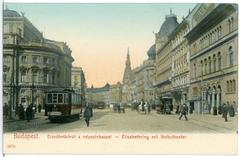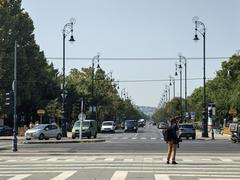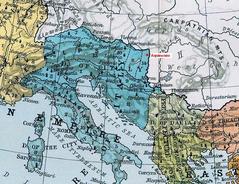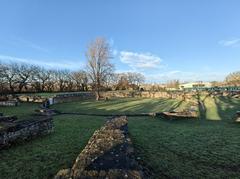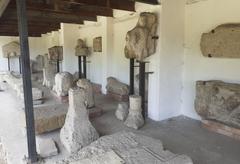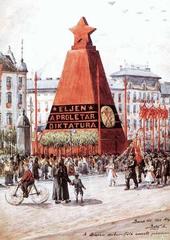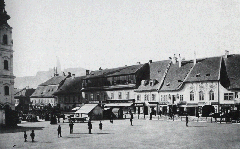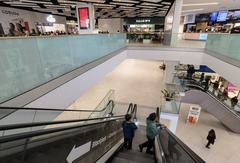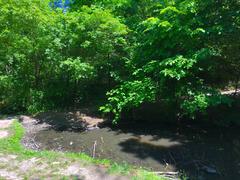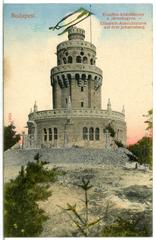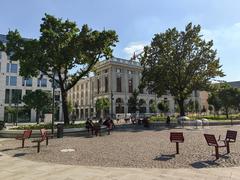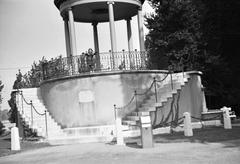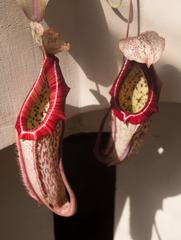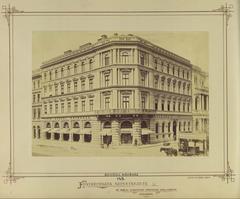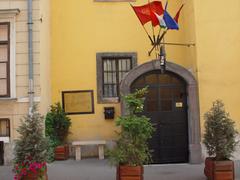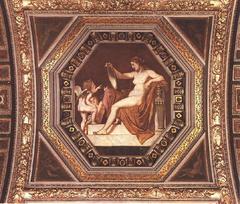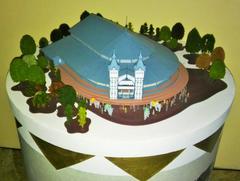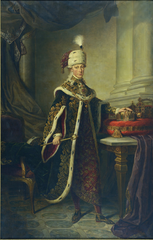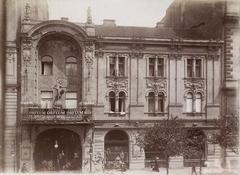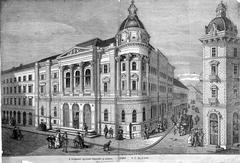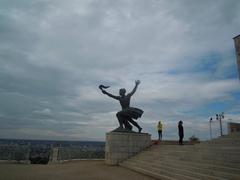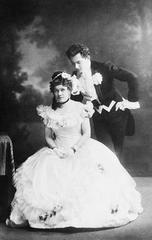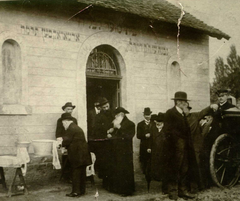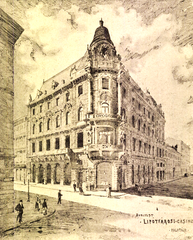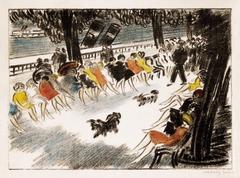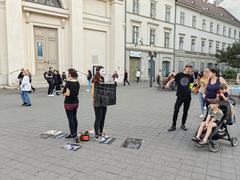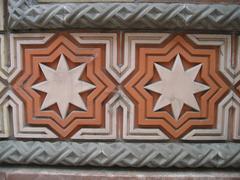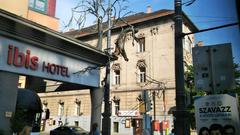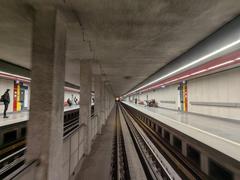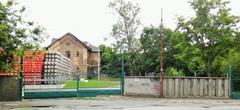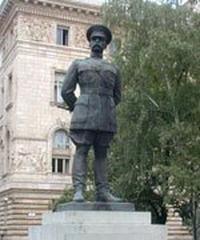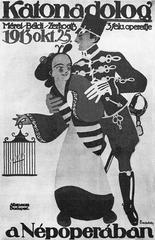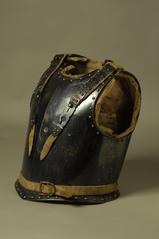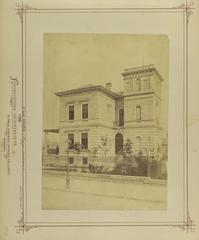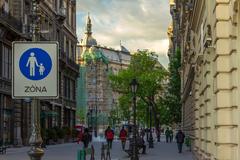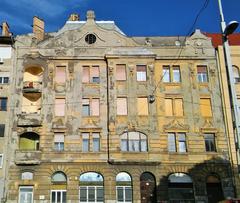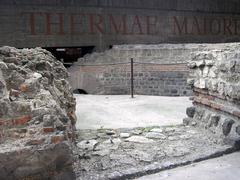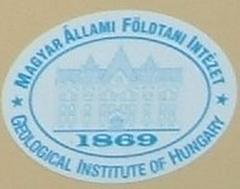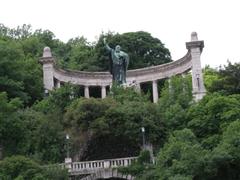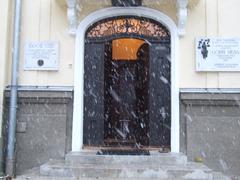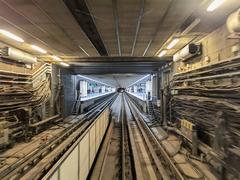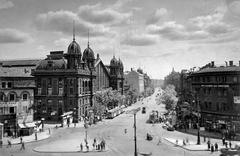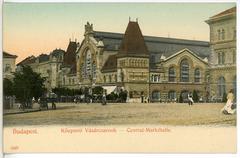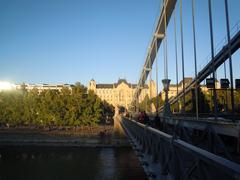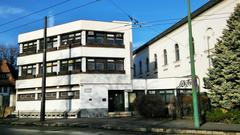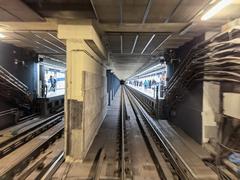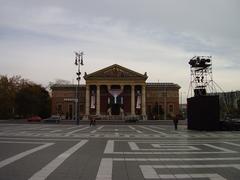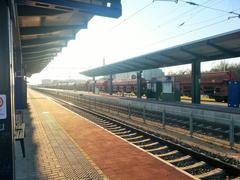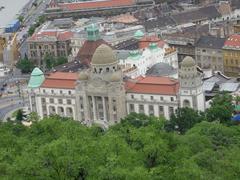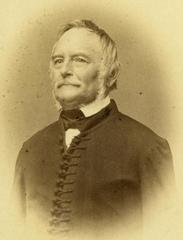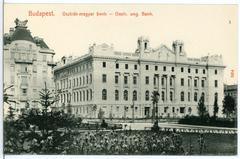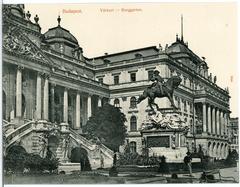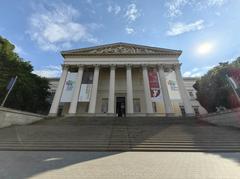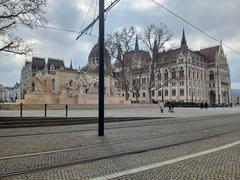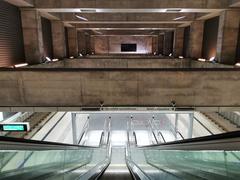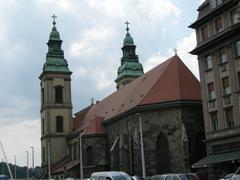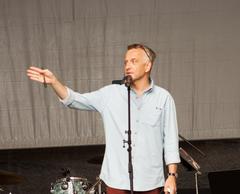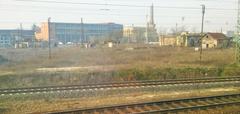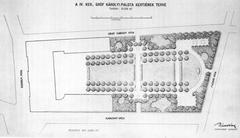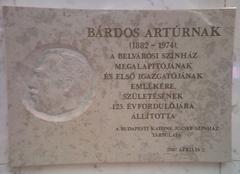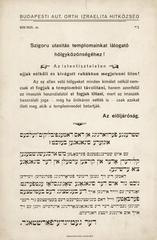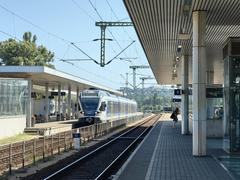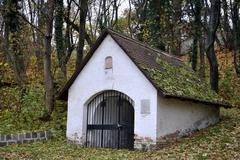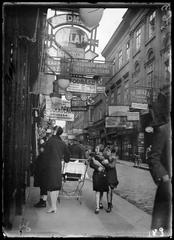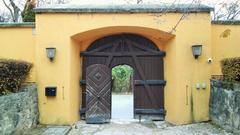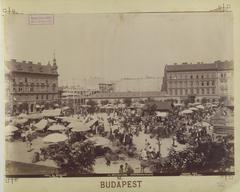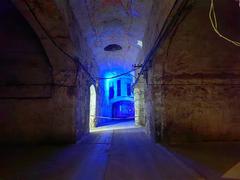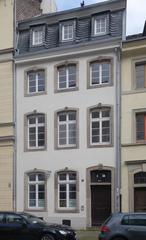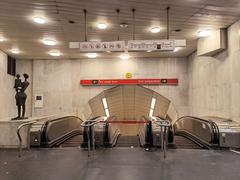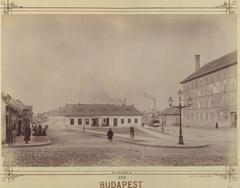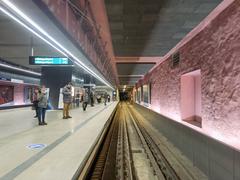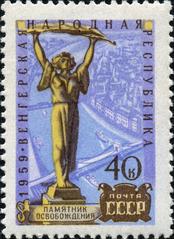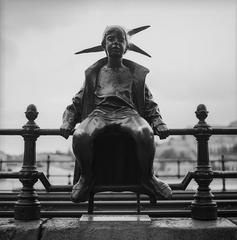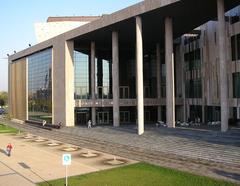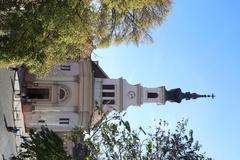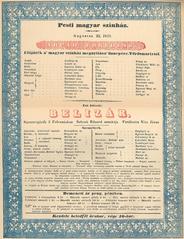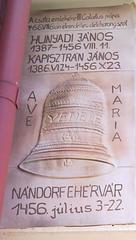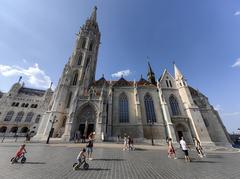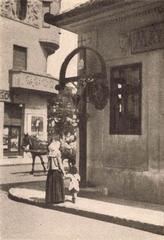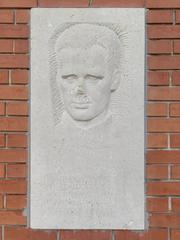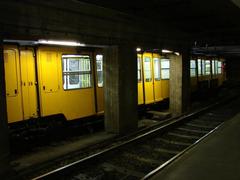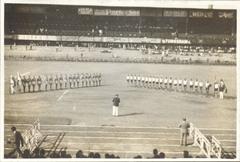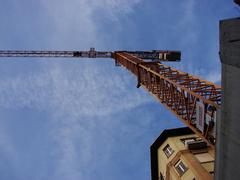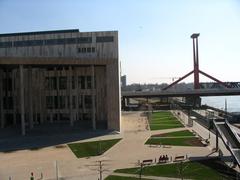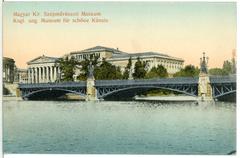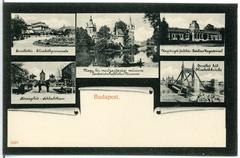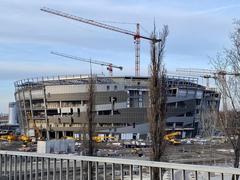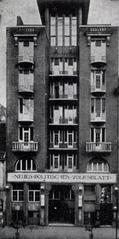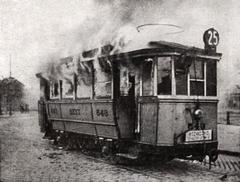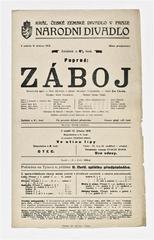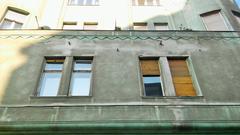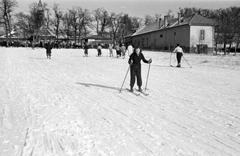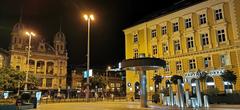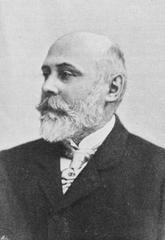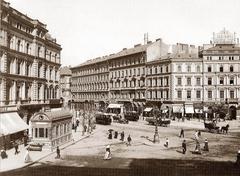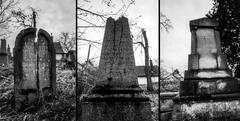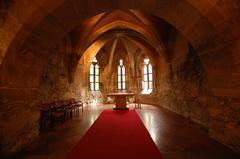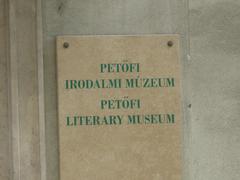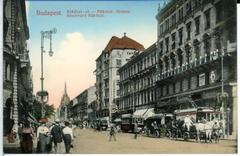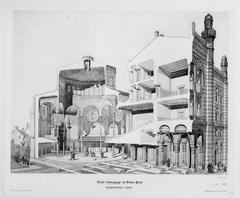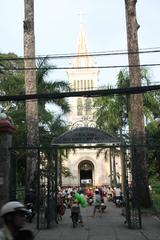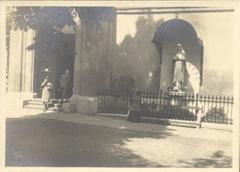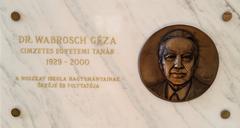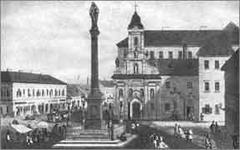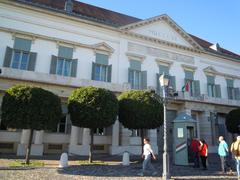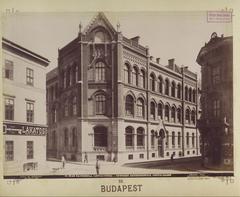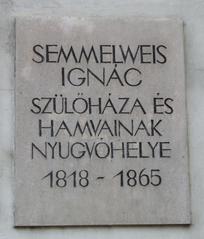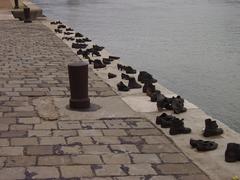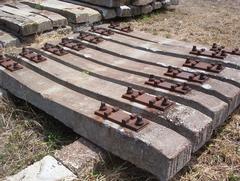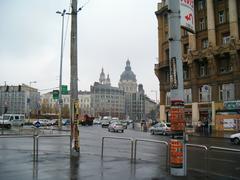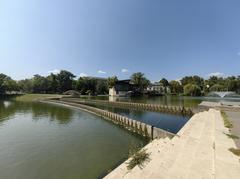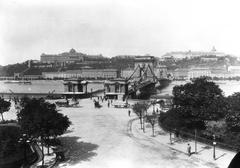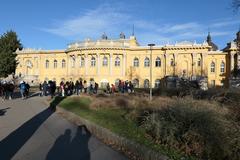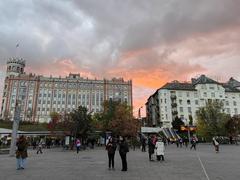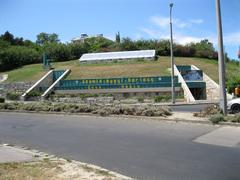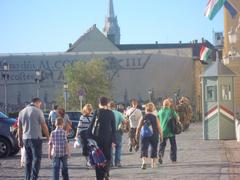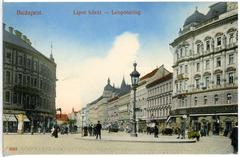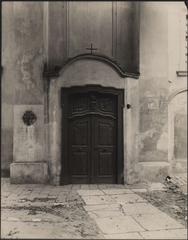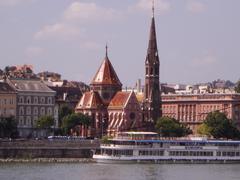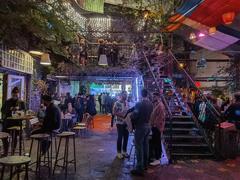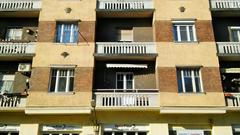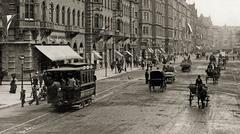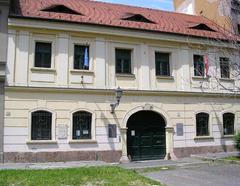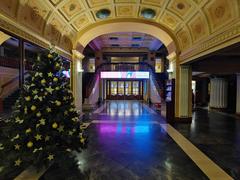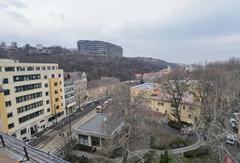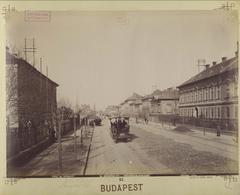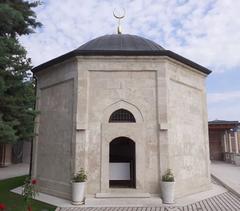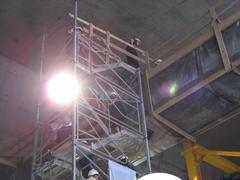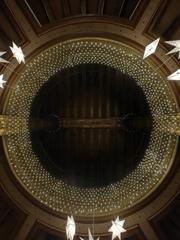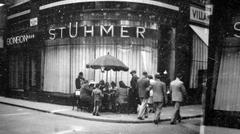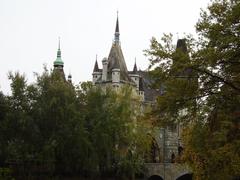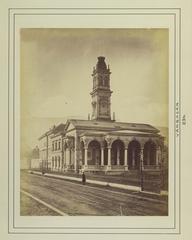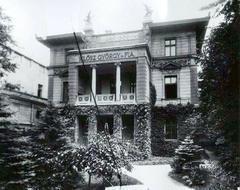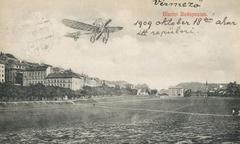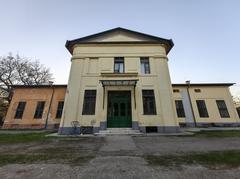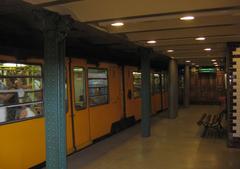
Carmelite Church and Monastery Budapest: Visiting Hours, Tickets, and Comprehensive Guide
Date: 04/07/2025
Introduction
Perched atop Budapest’s iconic Castle Hill, the Carmelite Church and Monastery—locally known as the Karmelita templom és kolostor—stands as a living archive of Hungary’s religious, cultural, and political evolution. This Baroque landmark has witnessed centuries of transformation: from its 18th-century monastic foundation and pivotal role in Hungary’s Catholic revival after Ottoman rule, to its conversion into the nation’s oldest permanent theatre, and its present incarnation as the seat of the Hungarian Prime Minister’s Office. Although interior access is generally restricted, the exterior and gardens are open to visitors, offering breathtaking views and architectural inspiration. This guide distills practical visiting information, historical context, and travel tips for those seeking to explore one of Budapest’s most captivating historical sites (Wikimedia Commons; Budapest Tourism Office).
Table of Contents
- Introduction
- Origins and Historical Evolution
- Architectural Highlights
- Cultural and Political Significance
- Practical Information for Visitors
- Nearby Attractions and Suggested Itineraries
- Notable Events
- Frequently Asked Questions (FAQ)
- Summary and Travel Tips
- Sources and Further Reading
Origins and Historical Evolution
Foundation and Early History
After the liberation of Buda from Ottoman occupation in 1686, the Habsburg authorities invited the Carmelite Order to help reestablish Catholicism in Hungary. The Carmelites were granted a prominent site on Castle Hill, long associated with royal and military power. Construction of the monastery began in 1736, and the church was consecrated in 1763 (Wikimedia Commons). The order’s contemplative traditions and Marian devotion shaped the initial spiritual and architectural program.
Joseph II’s Reforms and Secularization
In 1784, Emperor Joseph II dissolved many monastic houses, including the Carmelites in Buda. The church was secularized and, in a remarkable act of adaptive reuse, transformed into the Castle Theatre (Várszínház) in 1786. This transition marked the building’s shift from a religious hub to a cultural institution, playing a pivotal role in the development of Hungarian-language theatre (PestBuda).
19th–21st Centuries: Theatre, War, and Government
The building remained a leading venue for theatrical and musical premieres, hosting luminaries such as Joseph Haydn and Ferenc Erkel. It suffered damage during World War II but was subsequently restored. In the late 20th century, it housed the National Dance Theatre. Since 2019, following a thorough renovation, the complex has served as the official residence and office of Hungary’s Prime Minister (ZDA Architects).
Architectural Highlights
Baroque and Copf Influences
The Carmelite Church and Monastery is a distinguished example of Central European Baroque, with subtle Copf (Zopfstil) influences—a style bridging late Baroque and early Neoclassicism. Key features:
- Façade: Symmetrical, with garland decorations, lesenes (vertical strips), and a single tower attached to the sanctuary’s north side, creating a memorable silhouette (PestBuda).
- Windows: Large, especially in the refectory wing, separated by lesenes for a rhythmic effect.
- Roofline: High, steep roofs on the monastery wings, accentuating the building’s prominence (Architecture Hungary).
- Courtyard: The three-winged monastery encloses a tranquil rectangular courtyard, originally used for meditation and now open to visitors.
Monastic Layout and Theatre Conversion
The original monastic plan featured vaulted ceilings, side chapels, and a richly decorated sanctuary adorned with frescoes and a Károly Bebo pulpit. Conversion into a theatre (1786) involved:
- Auditorium: The nave became the main audience hall.
- Stage: The former altar area was transformed into a stage.
- Restoration: Modern renovations have carefully balanced preservation of Baroque and Copf details with state-of-the-art office facilities (ZDA Architects; Wikipedia).
Cultural and Political Significance
- Religious Heritage: The site was central to the post-Ottoman Catholic revival in Buda.
- Cultural Legacy: As the Castle Theatre, it was the birthplace of Hungarian-language drama and a hub for musical innovation, reflecting and shaping national consciousness.
- Political Symbolism: Its current function as the Prime Minister’s Office underscores its enduring role at the heart of Hungarian statehood and identity.
Practical Information for Visitors
Visiting Hours & Tickets
- Exterior and Gardens: Open daily, dawn to dusk. No tickets required.
- Interior Access: Restricted due to governmental use. Occasional guided tours or public events may offer limited access; check with Budapest Tourism Office or Buda Castle District for updates.
Accessibility
- Public Transport: Accessible via the Castle Hill Funicular, Bus 16/16A, or on foot from the Chain Bridge.
- Mobility: The area features hilly terrain and cobblestone paths; gardens and exterior are generally wheelchair accessible, but some inclines may be challenging (Evendo).
How to Get There
- Address: Szent György tér 1, 1014 Budapest, Hungary.
- Map: View on Google Maps.
Photography Tips
- Best Lighting: Early morning or late afternoon provides optimal conditions for capturing the Baroque façade and panoramic views over the Danube.
- Recommended Spots: Dísz Square for architectural photos; castle terraces for sweeping cityscapes.
Nearby Attractions and Suggested Itineraries
- Matthias Church: Renowned Gothic architecture, vibrant roof tiles.
- Fisherman’s Bastion: Iconic neo-Romanesque lookout with city views.
- Royal Palace (Buda Castle): Museums, galleries, and historical exhibitions.
- Hospital in the Rock Museum: WWII and Cold War-era medical bunker.
- Faust Wine Cellar: Sample Hungarian wines beneath the castle.
Sample Itinerary: Start at the Chain Bridge, ascend Castle Hill by funicular or stairs, visit the Royal Palace, explore Szent György tér and the Carmelite Monastery exterior, then continue to Matthias Church and Fisherman’s Bastion.
Notable Events
- Haydn’s Visit (1800): Composer Joseph Haydn attended a performance at the theatre, underlining its cultural prestige.
- First Hungarian-Language Play (1790): The Castle Theatre staged the inaugural Hungarian-language drama, catalyzing the national arts movement.
- Wartime Damage and Restoration: Suffered WWII damage, followed by careful restoration in the postwar period.
Frequently Asked Questions (FAQ)
Q: Can I visit the interior of the Carmelite Monastery?
A: Generally no, as it serves as the Prime Minister’s Office. Limited public access is sometimes available during special events or guided tours.
Q: Are tickets required?
A: No tickets for exterior visits. Tickets may be needed for occasional tours.
Q: Is the site accessible for visitors with disabilities?
A: The gardens and square are accessible, but the area’s slopes may pose challenges; contact visitor centers for assistance.
Q: What other landmarks are nearby?
A: Matthias Church, Fisherman’s Bastion, Royal Palace, and several museums.
Q: When are the best times to visit?
A: Early mornings and late afternoons provide the best light and fewer crowds.
Summary and Travel Tips
The Carmelite Church and Monastery is a must-see for anyone interested in Budapest’s historical and architectural tapestry. While interior access is limited, the striking Baroque exterior, serene gardens, and its setting within the Buda Castle District offer a memorable experience. For the latest on tours, events, and access, consult official tourism resources. Enhance your visit with guided tours, explore nearby landmarks, and capture the site’s unique blend of history and beauty.
Insider Tip: Download the Audiala app for audio guides and cultural insights, and follow local event calendars to catch special openings or cultural events.
Sources and Further Reading
- Wikimedia Commons: Carmelite Church and Monastery Budapest
- Budapest Tourism Office
- PestBuda: The Church and Monastery Were Turned into a Place of Entertainment: The Castle Theatre Opened 235 Years Ago
- Evendo: Carmelite Monastery
- Architecture Hungary: Carmelite Monastery
- Wikipedia: Carmelite Monastery of Buda
- ZDA Architects: Carmelite Monastery Renovation

















































